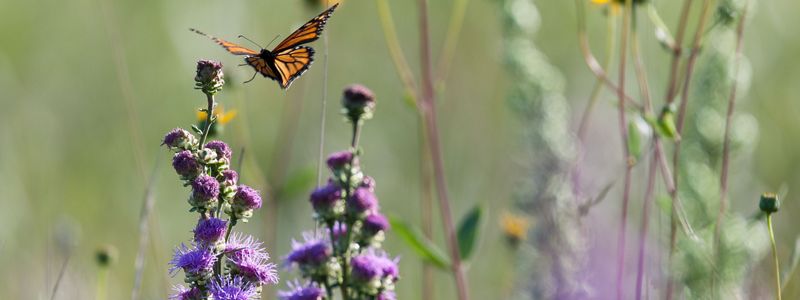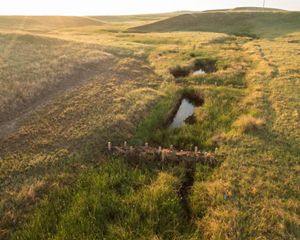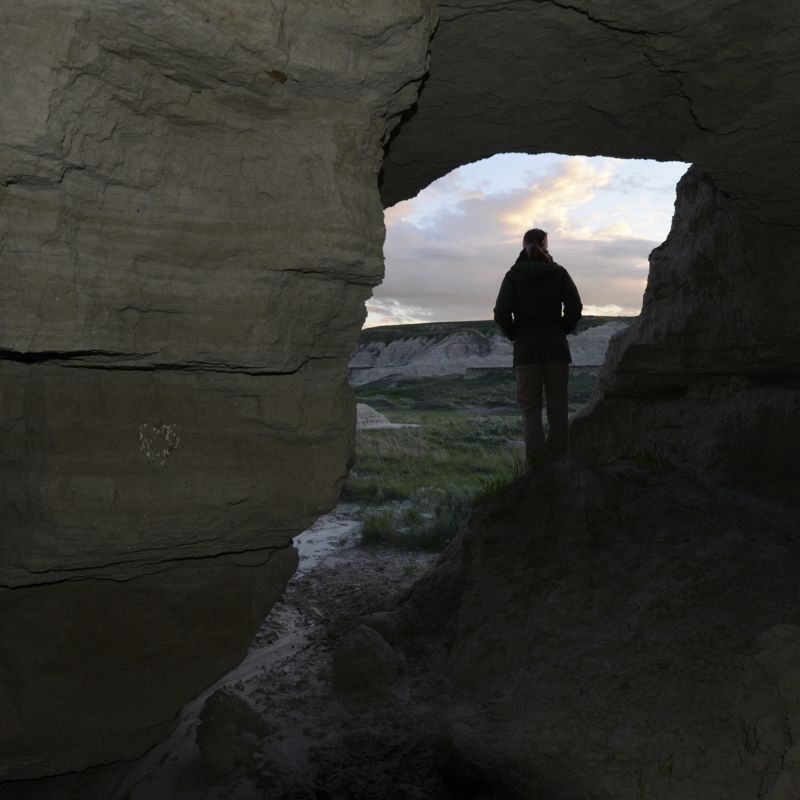
Policy and Nature
Learn about conservation policy in South Dakota and use your voice to speak up for nature.
The Nature Conservancy is working to keep South Dakota’s lands and waters wild and working for the next generation. Our state’s productive farms and ranches, rich wetlands and world-class outdoor recreation are all central to the South Dakota way of life. Let’s protect these resources by speaking up for nature!
Policy as a Conservation Tool
In South Dakota, we work to advance environmental policy that works for both people and nature. In addition to informing how we plan and execute conservation work, science drives TNC’s policy positions and our recommendations for public investments in conservation.
Speak Up for Nature!
Take these three actions to start becoming a powerful advocate for nature.
Learn moreWe work across borders, aisles and sectors to further our mission of conserving the lands and waters on which all life depends. Working alongside private landowners, agricultural producers, Indigenous communities, conservation partners and government at the local, state and national levels, we take a collaborative approach to create lasting outcomes through policy. This nonpartisan approach, commitment to science and collaborative spirit is essential for a future in which nature and people thrive together.
Stay up to date on the issues, learn how you can speak up for nature and start using your outside voice on issues that matter to you!
We can’t save nature without you!
Sign up to receive monthly conservation news and updates from South Dakota.
2025 Policy Priorities
-

Protect Healthy Lands & Waters
The great outdoors is central to the identity of South Dakota and in need of our protection. We must conserve our natural lands and waters for the future.
-

Advance Nature-Based Solutions
Climate impacts are on the rise, from drier dry years and wetter wet years to warmer winters and tougher growing seasons. We need to take action, and nature provides a path.
-
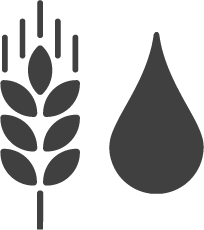
Support Regenerative Agriculture
Increasing demand for food is expected to put a lot of pressure on South Dakota producers. We can help them meet the challenge by implementing practices that increase yields and make operations more resilient.
Capitol Blog
Updates from the South Dakota Legislature.
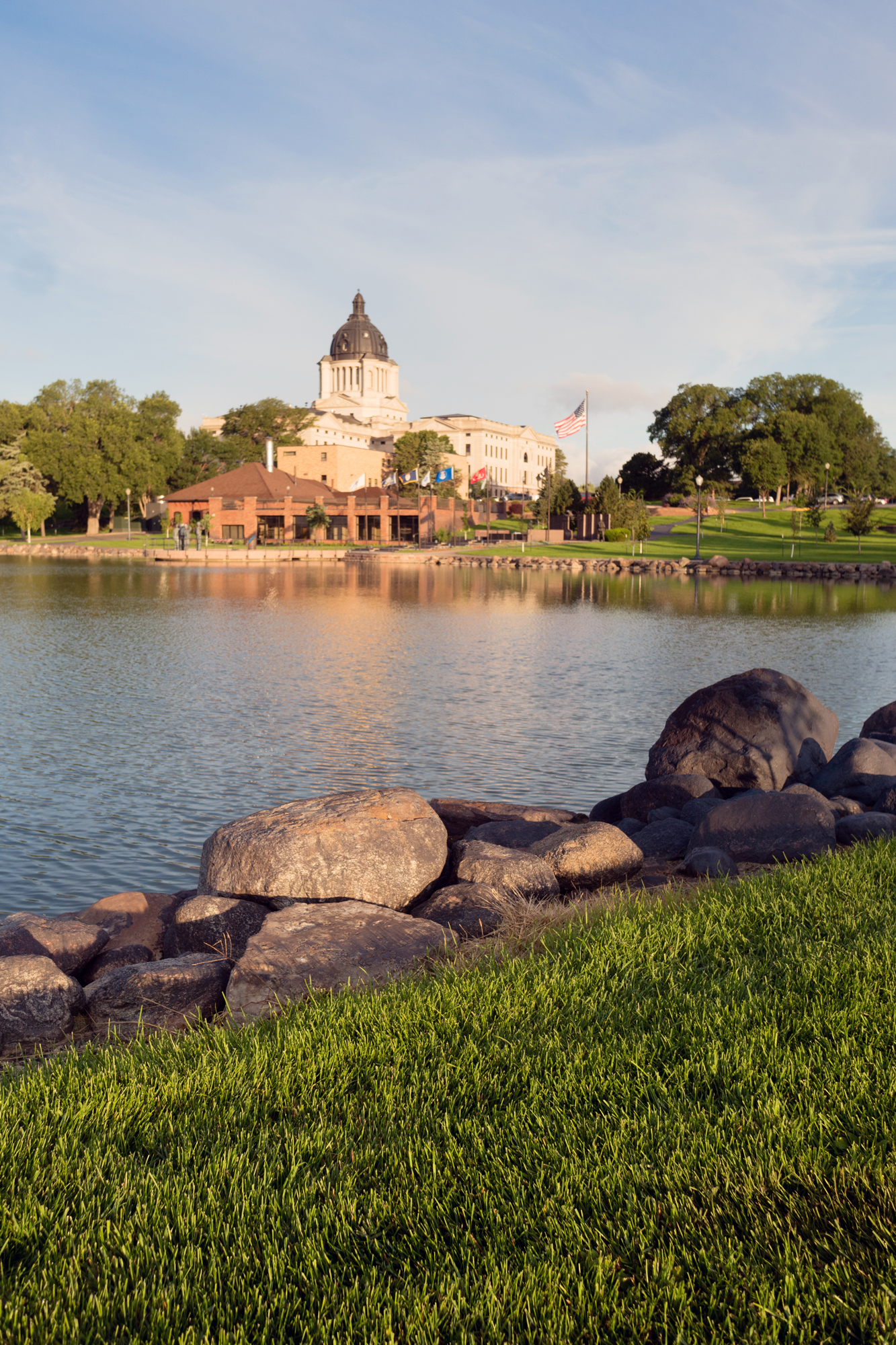
March 26, 2025
South Dakota’s legislative session will officially end on March 31, when lawmakers reconvene for their final day of session to consider gubernatorial vetoes after wrapping up most of their work on March 13.
As usual, the state budget was at the center of the legislative session. Limited revenues led to a push among legislators to make reductions compared to the current budget. The final approved budget came in just below current spending at $7.3 billion, but we did see increases to key state agencies focused on environmental management, including the Department of Agriculture and Natural Resources and the Department of Game, Fish and Parks.
We were encouraged by the House defeating a bill that could have blocked any individual or organization from owning land in South Dakota if their primary purpose was to foster benefits like biodiversity, water quality or soil quality. The Nature Conservancy joined a diverse range of partners to oppose the bill and ensure all landowners retain the right to conserve their lands.
Though not all were passed into law this year, we were glad to see legislation that explored protecting water quality, preventing land conversion and managing the use of natural resources. We are optimistic about future legislation and administrative action to make progress on protecting land and water in South Dakota.
Policy makes conservation possible, and we’re committed to advancing science-based, nonpartisan conservation policy in South Dakota.
February 19, 2025
Lawmakers are already past the halfway point of South Dakota’s legislative session! This session, legislators have tackled a number of bills related to land management, energy and water. Issues like mining regulation, energy permitting, land use planning and water development projects have all been taken up at the Capitol.
While legislative business in Pierre has been rushing along, a new governor has taken the reins. Gov. Larry Rhoden was sworn in as South Dakota’s 34th governor on January 25, and he appointed former Sioux Falls-area Rep. Tony Venhuizen as his lieutenant governor.
January 21, 2025
South Dakota’s 100th Legislative Session is underway—tell your legislators that conservation matters to you!
Gov. Kristi Noem kicked off the session on Jan. 14 with what might be her final State of the State address, as she plans to resign as governor if confirmed by the U.S. Senate to be a member of President Trump’s Cabinet. Noem used the speech in part as a hand-off to Lt. Gov. Larry Rhoden, who would succeed her in the governor’s office.
A post-election shakeup of leadership in the legislature has put reorganizing at the top of the agenda for the House and Senate majority, but a slate of bills have already been introduced with many more on the way. Some early areas of interest include energy production and permitting, prescribed fire for habitat management, and clean water. Thanks for speaking up for nature!
Protect Healthy Lands & Waters
In South Dakota, policy is an essential tool to advance healthy working lands and protect our world-class public spaces. Driving state investments toward conservation supports the variety of plants and animals found in our state and their habitats. It also ripples outward and benefits our economy.
Revenue from hunting and fishing licenses, as well as park passes and other use fees, goes directly toward conservation. These fees generate tens of millions of dollars, demonstrating just how much people love South Dakota’s great outdoors. The Nature Conservancy encourages state leaders to reinvest this money in restoring wildlife habitat and safeguarding biodiversity so people and nature can thrive.
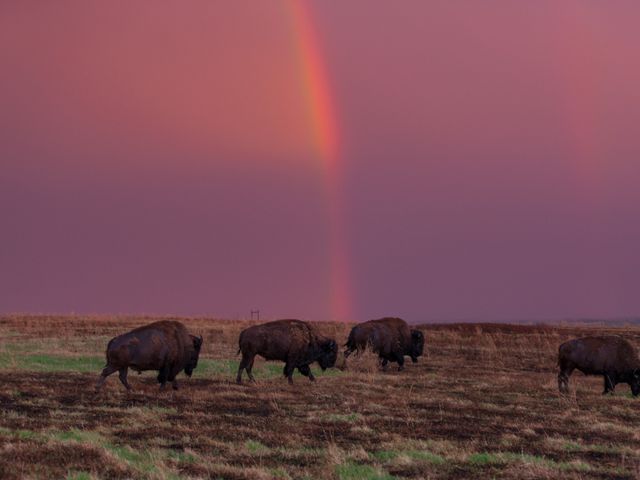
More about Land Protection
-
Biodiversity is the interconnected, hugely varied web of species that make up the world we call home. Due to habitat loss and climate challenges, species across the planet’s ecosystems are dying out. Losing diversity in our ecosystems means that the intricate relationships between species that define the world as we know it are all at risk. Watch this short video to learn more.
-
In a land protection agreement, a landowner voluntarily chooses to enter into an agreement to sell or donate certain rights associated with their property–often the right to subdivide or develop. Typically, a private organization or public agency accepts responsibility to uphold the terms of the agreement. Voluntary land protection agreements keep natural lands protected while allowing owners to retain many private property rights, including living on and using their land for ranching or recreation, for example. In some cases, these agreements also provide landowners with tax benefits.
-
South Dakota’s grasslands provide clean water, wildlife habitat, and naturally productive grazing lands for our state’s cattle ranching industry. But sound conservation strategies require long-term thinking and sustainable funding. In South Dakota, we can support ranchers who are doing right by nature by advocating for increased support of state and federal agencies who work arm-in-arm with producers to make their operations work better for nature and their bottom line.
Advance Nature-based Solutions
Extreme drought, challenging growing seasons and increasingly favorable conditions for invasive pests are all evidence of the shifts in our climate that are affecting people, nature and our economy. During this critical time for our planet, TNC is seeking to tackle this challenge by advancing better energy policy and promoting nature-based solutions.
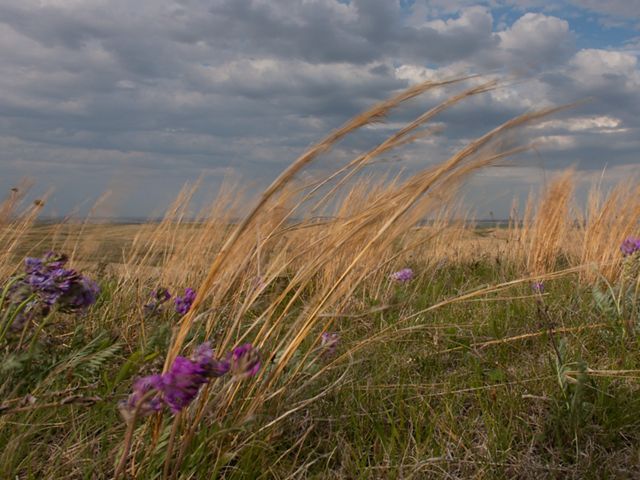
In addition to cleaning our air, filtering our water, providing productive lands and offering habitat for wildlife, South Dakota’s grasslands and forests capture and store massive amounts of carbon as plant matter. Nature’s climate solutions are time-tested, inexpensive and ready to roll out. Investing in nature gives us the ability to create more communities that are more resilient in an ever-changing more variable climate while providing carbon storage and other benefits.
While we leverage nature to make our communities more resilient, we must advance the clean energy transition. The landscapes of South Dakota offer tremendous opportunities to continue responsibly developing renewable energy. But to expand nature and energy solutions, we must first let our lawmakers know why these issues are so important and why they should invest in them.
More on Climate Solutions
-
Climate change is already affecting South Dakota’s forests, farms and people. Longer growing seasons have let invasive pests, like the mountain pine beetle, take hold in the forests of the Black Hills. Drier dry years are impacting agricultural outputs across the state. And two-thirds of South Dakotans are worried that a changing climate will harm future generations. It’s up to us to take action.
-
Renewable energy offers an important pathway for tackling climate change and building a sustainable future for all. But how we do it—and where we put all those wind turbines and solar panels—is important. Site Renewables Right is a tool developed by The Nature Conservancy to guide energy development away from important wildlife habitats and natural areas. By using this tool, energy developers can advance clean energy while avoiding most impacts to land, water and wildlife in our state.
-
Nature can help us mitigate and adapt to some of the greatest climate challenges we face. Nature-based solutions are strategies that leverage our lands and waters to help tackle issues like water and food security, biodiversity, health and wellbeing and extreme weather events.
Support Regenerative Agriculture
Farming and ranching are proud traditions in South Dakota, and to maintain our role as leaders in the industry, we must keep our crop and ranch lands naturally productive. We can do this by advancing practices that restore the health of our soils, so they can feed a growing world and remain productive and profitable for future generations.
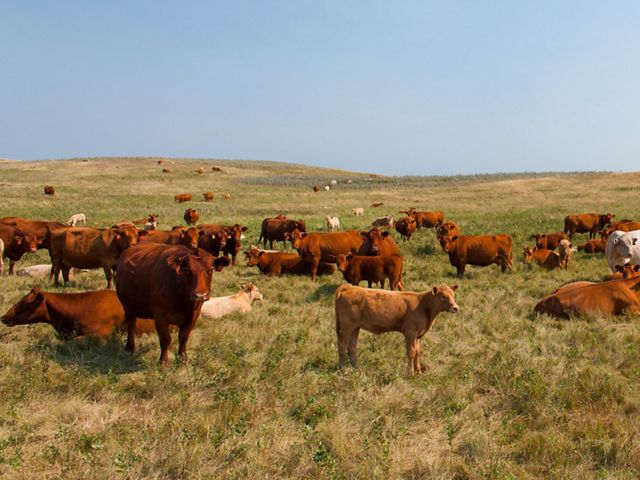
Ranching has an especially important role in South Dakota. Approximately half of all private and public lands in the state are made up of grasslands, which filter our air and water while providing immense carbon storage benefits. Improving the health of these lands would improve outcomes for wildlife, ranchers and the entire agricultural economy in South Dakota. Despite the myriad benefits associated with regenerative farming and ranching practices, many producers experience barriers to implementing these practices. We need South Dakota lawmakers’ help to create incentives that make these practices more accessible to conservation-minded landowners.
About Regenerative Agriculture
-
Agriculture is big business in South Dakota. Indeed, agriculture accounts for nearly 30% of the state’s economic output and, in all, contributes about $32 billion to the economy. But keeping South Dakota’s ag lands healthy and productive isn’t just important for our economy, it’s also critical to keeping our natural landscapes intact so they can continue to be enjoyed by anglers, birders, hunters and others.
-
Soil health is an important factor impacting water quality. How we use our lands directly impacts the health of our waters, and employing practices that build soil health can make a significant positive difference for water quality in South Dakota. Regenerative farming practices like cover cropping and reduced tillage, as well as regenerative ranching practices like rest and rotation grazing, are all important actions producers can take to improve the health of their lands and the health of South Dakota’s waters.
-
Grasslands need periods of both disturbance and rest to be their most healthy and productive. In the absence of natural cycles of disturbance historically caused by bison grazing and grassland fires, cattle can provide this important service in the form of regenerative grazing. Many South Dakota ranchers are already employing these types of practices. By prioritizing native species, following rotational grazing schedules and allowing periods of recovery, ranchers can help restore and improve grasslands while keeping them just as—if not more—productive and resilient to drought.
Sign up for Nature News
Sign up to receive monthly conservation news and updates from South Dakota.
